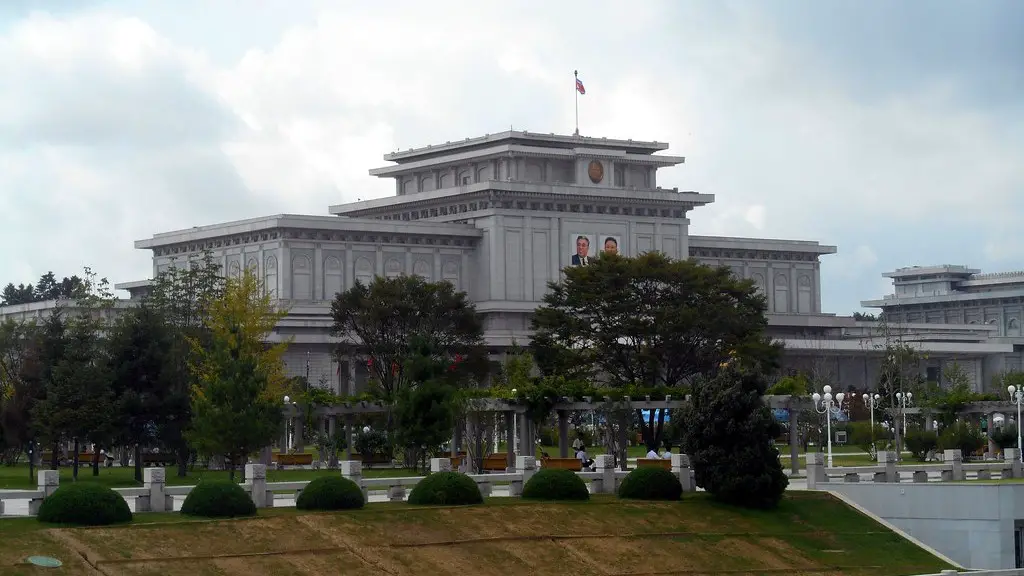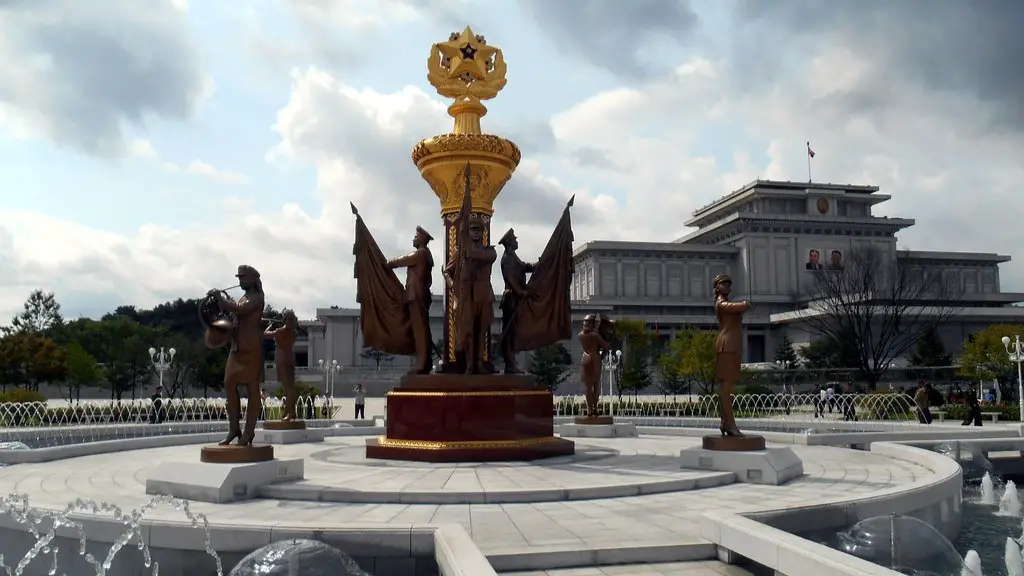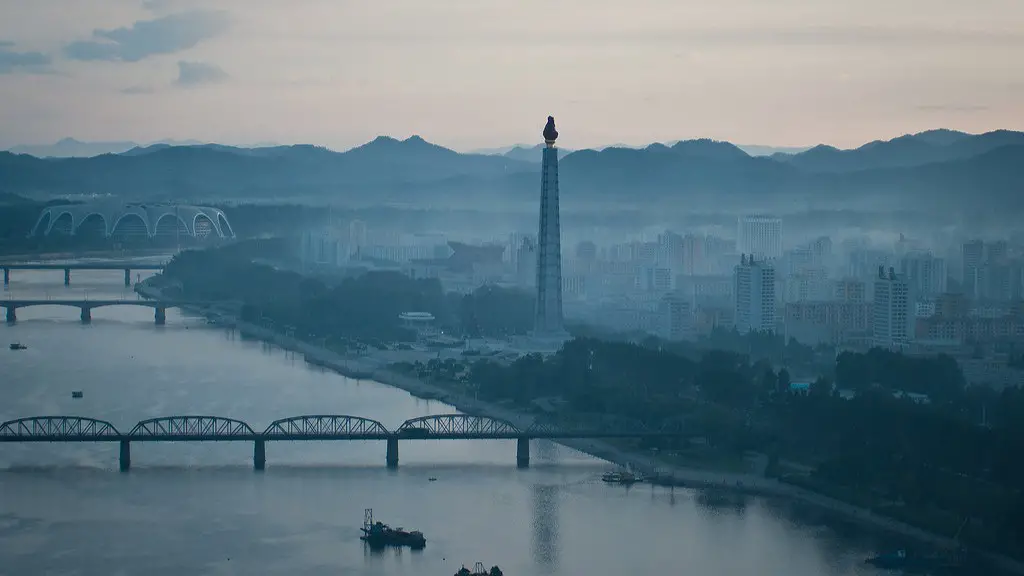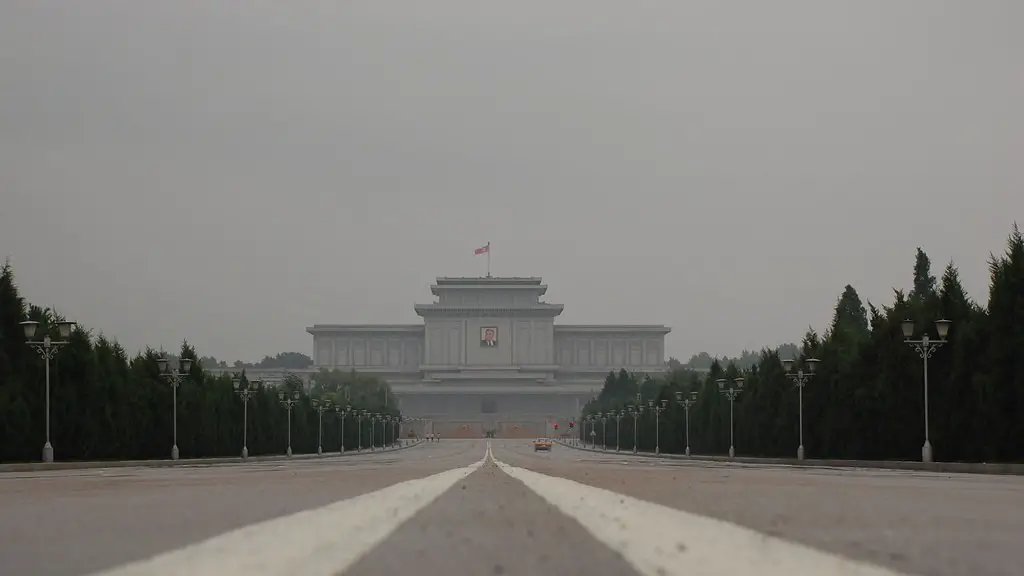Hundreds of thousands of North Koreans flock to the capital Pyongyang on May Day, the annual celebration of workers’ rights, to honour the government and their ancestors.
The day has been celebrated by the country since 1948, marked by a series of rallies, patriotic songs and parades. But what sets North Korea’s festivities apart from other countries celebrations is its grandiose pageantry.
Flags line the streets and children in bright-coloured clothing parade with banners proclaiming loyalty to their leader, Kim Jong Un. Citizens of the tightly controlled state display their adoration for the Supreme Leader and his predecessors, Kim Il Sung and Kim Jong Il, by filling the city centre with flowers and holding up portraits of the leaders.
According to North Korean propaganda, the official celebration is the busiest day of the year. But the festivities are not just limited to the capital. The North Korean government has continued to propagate the holiday and its importance throughout the country, despite being one of the most isolated nations on earth.
To prepare for the festivities, North Koreans take part in many pre-ceremony events. Some of these include voluntary labour activities, such as cleaning local facilities, repairing roads or planting trees, as well as singing or dancing performances to show their patriotism.
In addition to government-organised activities, citizens also use this day to have fun. From dancing at the local squares to setting up carnivals and fairs in the parks and along the riverbanks, the festivities are always vibrant and lively.
At night, fireworks light up the sky and citizens young and old alike gather together in the streets to cheer and enjoy the show. This day is an opportunity for North Koreans to celebrate, despite the economic sanctions imposed by the outside world.
Economic Situation
Despite sanctions and shortages of food, North Koreans revel in the festivities. The celebrations offer a distraction from the harsh economic reality. According to reports from defectors, the majority of North Koreans are living in poverty and deprivation.
Additionally, the labour market is not providing adequate opportunities for North Koreans to be able to make enough money to survive. Many citizens are finding it hard to make ends meet, despite the government’s efforts to reinvest in the economy.
Furthermore, there is the problem of income inequality. According to defectors, the gap between the wealthy and the poor is ever-growing, with a select few getting access to luxury goods and overseas travel, while the majority suffer.
Despite the struggles and uncertainty of life in North Korea, state propaganda paints the May Day celebrations as a cheerful and joyous event. The government wants its citizens to focus on the celebration not the reality of their economic situation.
Cultural Elements
Every May Day has its own unique character. North Koreans celebrate with a variety of traditional activities, such as a parade, dancing, singing and fireworks. The festivities are a clear manifestation of the culutral heritage of North Korea.
The event marks the beginning of the New Year, according to the Juche calendar, and is one of the most important days of the year. The day is also thought to be an auspicious time to start any new venture and to wish for a better future.
The government uses this day to convey the importance of labour and the principles of self-reliance, which are central to their philosophy of Juche. The teachings of Juche encourage citizens to work diligently to build a strong, independent nation, free from foreign influence.
The festivities also strike a chord in North Koreans and evoke feelings of patriotism and reverence for their leader. The parades are seen as a sign of loyalty and allegiance to the Supreme Leader and to their proud nation. The holiday is an opportunity for citizens to show their appreciation for the system and to honour their ancestors.
International Perception
The North Korean government has been trying to rebrand the holiday over the past few years and make it more appealing to countries around the world. The rulers understand the importance of international recognition and the need to improve their image in the eyes of the world.
The government has even gone as far as inviting foreign media to cover the celebrations, in an effort to promote a positive image of North Korea. But despite the government’s best efforts, the nation’s track record of human rights abuses and its isolationist policies have continued to be criticised by the international community.
May Day has been met with scepticism and criticism in the international arena. Observers question the authenticity of the spectacle and argue that the occasion is nothing more than a giant public relations exercise by the North Korean authorities.
The festivities are often seen as a façade, as the North Korean government is not actually interested in improving the lives of its people. Consequently, many of its citizens are disenchanted and feel powerless in the face of their leaders’ oppressive rule.
Conclusion
Every year, the North Korean government uses May Day as an opportunity to showcase its strength and authority. The event has become an important symbol of the nation’s identity and is used to remind its citizens of its powerful leadership. While the international community has raised serious concerns about the situation in North Korea, the country continues to use this day as a tool to propagate its political agenda.





